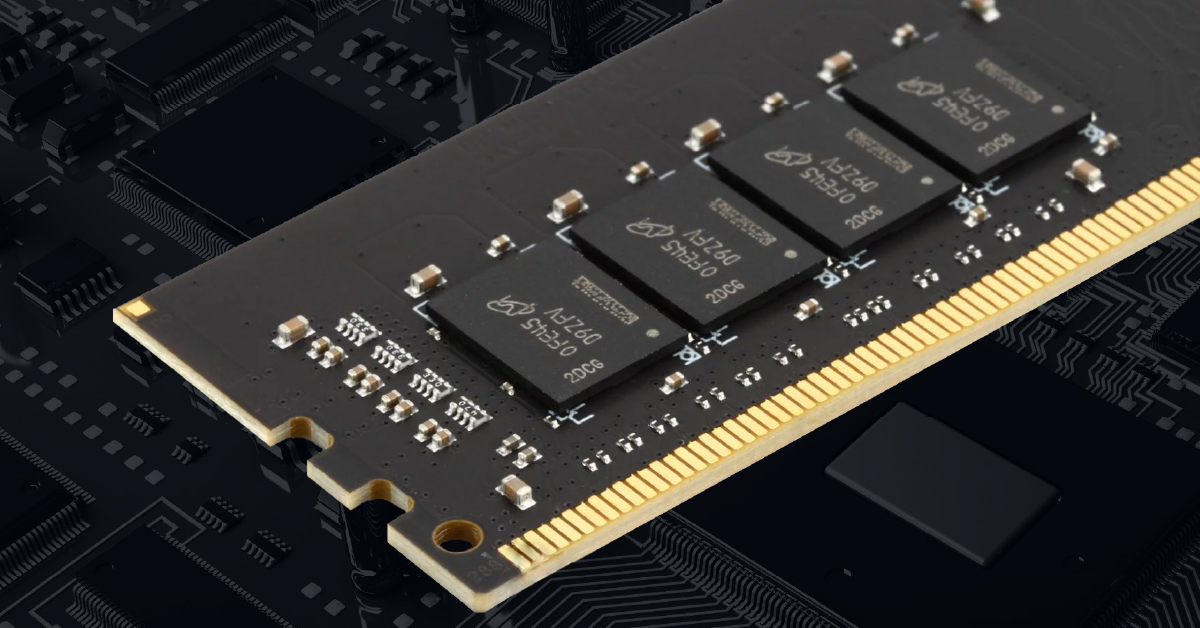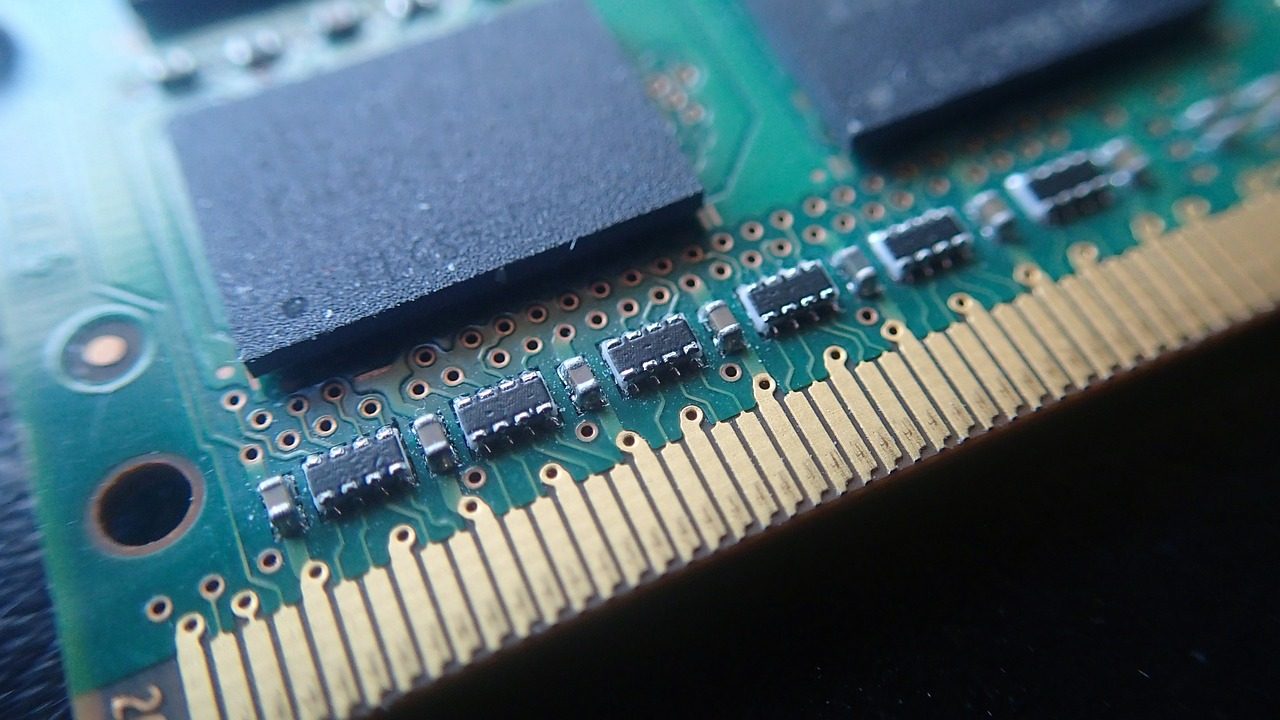RAM (Memory) issues can significantly impact a computer s performance. These problems occur when the computers memory is either malfunctioning or insufficient to handle the tasks being performed.
Common Causes of RAM Issus
- Physical damage: Damage from handling, electrostatic discharge, or manufacturing defects.
- Incompatibility: Using RAM stick thet are incompatible with the motherboard or each other.
- Overloading: Running too many applications or processes for the available memory.
- Dust and dirt: Dust and dirt: Accumulation of dust can disrupt the connection between the RAM and the motherboard.
Identifying RAM issue Symptoms

Physical Signs
- Computer not booting: The system fails to start, often accompanied by beeping sounds.
- Blue Screen of Death (BSOD): Frequent crashes or BSOD errors in Windows.
Software Indicators
- Performance issues: Slow performance, especially when multiple applications are open.
- Application crashes: Programs randomly crashing or failing to open.
- Memory errors: Error messages related to memory or ‘out of memory’ warnings.
Diagnosing the Issue
Tools and Techniques
- Built-in diagnostics: Use system tools like Windows Memory Diagnostic or Apple Hardware Test.
- Third-party software: Tools like MemTest86 can provide a more thorough analysis.
- Physical inspection: Check for visible damage and ensure RAM sticks are properly seated.
Steps for Diagnosis
- Run memory tests: Use diagnostic tools to check for RAM issues.
- Inspect the RAM sticks: Look for physical damage and ensure they are correctly installed.
- Check compatibility: Ensure the RAM is compatible with your system’s specifications.
Troubleshooting and Repairing
Basic Fixes
- Reseating RAM: Remove and carefully reinsert the RAM sticks to ensure a proper connection.
- Cleaning contacts: Clean the RAM contacts gently with a soft, dry cloth.
- Updating BIOS/UEFI: Sometimes updating system firmware can resolve compatibility issues.
Advanced Solutions
Replacing faulty RAM If a RAM
stick id confirmed to be faulty replace it with a new one that matches your systems specifications.
- Upgrading RAM: If performance issues are due to insufficient RAM consider upgrading to a higher capacity.
- Adjusting system settings. Tweaking virtual memory settings in the operating system can sometimes alleviate memory issues.
Preventive Measures
Regular Maintenance
- Regular cleaning: keep the computer and its components free from dust, which can affect RAM connectivity.
- System updates: Keep your operating system and drivers up to date to ensure compatibility and stability.
- Avoid electrostatic discharge: Use proper grounding techniques when handling RAM and other internal components.
Hardware Considerations
- Quality RAM brands: Invest in RAM from reputable manufacturers to ensure reliability.
- Adequate RAM capacity: Ensure your computer has enough RAM for your usage needs, considering future upgrades.
- Compatibility checks: Always check for compatibility with your motherboard and existing RAM before purchasing new memory sticks.
Conclusion
Summary and Final Thoughts In this post, we’ve delved into the common issues related to RAM in computers, including how to identify, diagnose, and troubleshoot these problems. Understanding and addressing RAM issues is crucial for maintaining optimal computer performance and stability.

